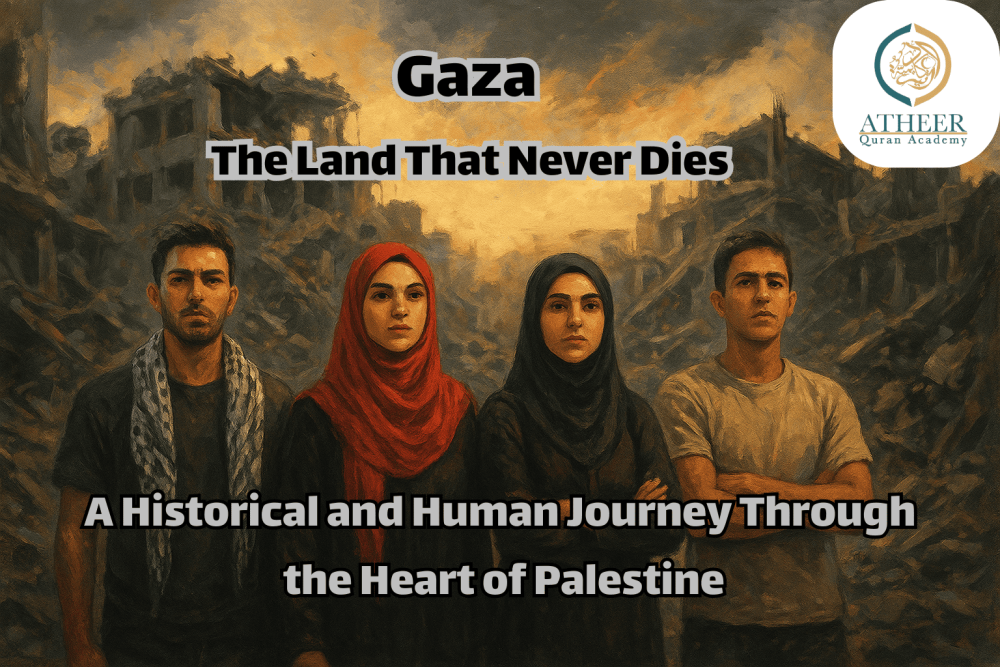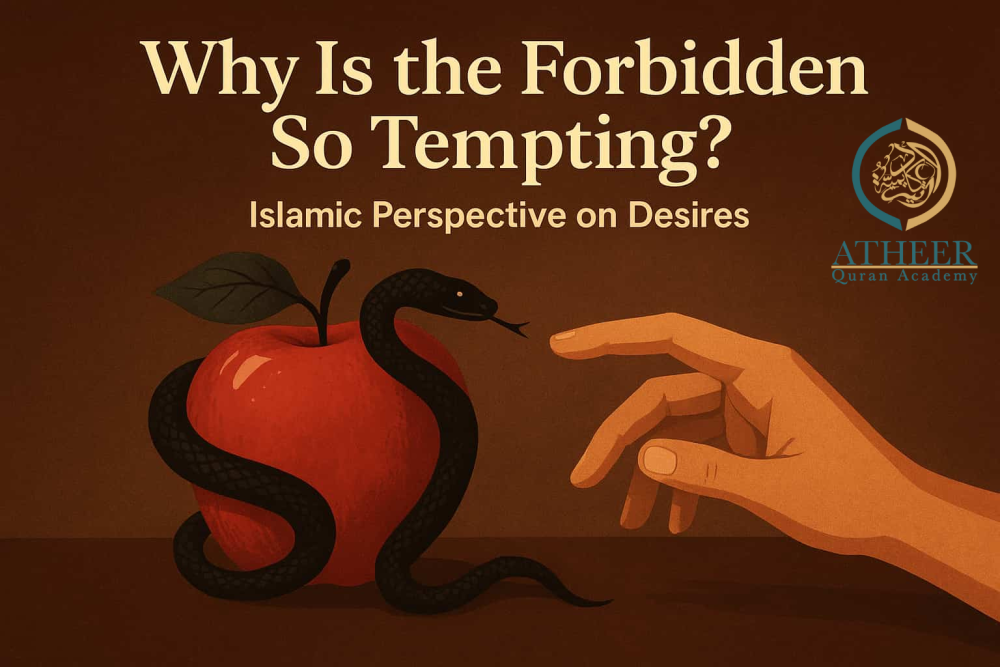Post Detail

Gaza: The Land That Never Dies – A Historical and Human Journey Through the Heart of Palestine
- 2025-10-29 12:59:00
Discover the timeless story of Gaza — one of the world’s oldest cities and a symbol of faith, patience, and resilience. Explore its deep historical roots, Islamic heritage, and the enduring spirit of its people who continue to live, learn, and believe despite all hardships.
Gaza... The Land That Never Dies: A Historical and Human Journey
A Journey Through Time in the Heart of Palestine
Whenever the name Gaza is mentioned, what comes to mind is steadfastness, determination, and strength.
But behind this heroic image lies one of the oldest continuously inhabited cities in the world, a land that has carried on its soil the traces of successive civilizations for more than five thousand years.
Gaza is not merely a point on the map of Palestine; it is a spiritual, cultural, and human legacy that has left a deep mark on the memory of the nation.
Geographical Location of Gaza
Gaza is located at the far south of the eastern coast of the Mediterranean Sea and serves as Palestine’s southern gateway to Egypt and the Arab world.
The total area of the Gaza Strip extends to about 365 square kilometers, and before the latest war, it was home to more than 2.3 million people, making it one of the most densely populated regions in the world.
However, the recent aggression has changed the city’s landscape dramatically — tens of thousands have been killed, and hundreds of thousands displaced within and outside the Strip.
Yet the pulse of life has not stopped. Even beneath the rubble, there are people who plant, teach, and worship God with remarkable steadfastness.
This unique geographical position has made Gaza, since ancient times, a bridge between Asia and Africa, a main route for trade caravans and military campaigns — granting it immense strategic importance throughout history.
Gaza in Ancient Times
Gaza was mentioned in ancient Egyptian inscriptions under the name “Ghazzatu” and appeared in the Tell el-Amarna letters in the 14th century BCE.
It was built by the Canaanites around 3000 BCE, making it one of their oldest and most significant commercial centers.
Later, it fell under the control of the Assyrians, Persians, Greeks, Romans, and Byzantines. Each empire that passed through saw its economic and spiritual value.
During the Greek period, it was known as “Gaza” and became a flourishing religious and commercial hub.
Gaza in the Islamic Era
Islam entered Gaza during the caliphate of Umar ibn al-Khattab (may Allah be pleased with him) in the year 18 AH (639 CE) at the hands of Amr ibn al-As during the conquest of the Levant.
Since then, Gaza became a purely Islamic city, flourishing with mosques, schools, and centers of Quranic learning — turning into a beacon of knowledge and piety.
Not long after, Gaza gave birth to one of Islam’s greatest scholars:
Imam Muhammad ibn Idris al-Shafi‘i, born in Gaza in 150 AH, who later became the founder of the Shafi‘i school of jurisprudence, now spread across the Muslim world.
In the centuries that followed, Gaza remained a center of scholarship and fiqh, attracting students from Egypt and the Levant.
Gaza Through the Middle and Modern Ages
During the Ayyubid and Mamluk eras, Gaza prospered in trade and architecture, serving as a key stop between Damascus and Cairo.
In the Ottoman period (1517–1917), Gaza became an important administrative center. Markets, public baths, and mosques were built — including the Great Omari Mosque, which still stands today as one of the oldest mosques in Palestine.
By the early 20th century, Gaza had become a thriving cultural and commercial hub, always associated with knowledge, generosity, and resilience.
Gaza and Knowledge Despite the Wounds
Throughout history, Gaza has been a city of knowledge, scholarship, and Quranic recitation.
From it emerged scholars, memorizers of the Quran, and teachers who spread knowledge despite limited resources and immense challenges.
But recent years have brought heartbreaking scenes —
Hundreds of schools and universities have been destroyed, including the Islamic University, Al-Azhar University, and Al-Aqsa University. Even libraries and offices were not spared from bombing.
Yet, students in Gaza continue to learn — in tents, temporary classrooms, or online from outside the Strip — proving that knowledge cannot be destroyed even if walls collapse.
Daily Life in Gaza
Despite the dense population and harsh economic conditions, life in Gaza still pulses with hope.
In every street, there’s a child carrying a schoolbag; in every home, a mother baking bread for her children; and in every mosque, prayers that never cease.
Many residents work in agriculture, especially in cultivating olives, citrus fruits, and strawberries — all symbols of life and renewal in a land exhausted by siege.
From Gaza, We Learn Faith and Steadfastness
The Prophet Muhammad ﷺ said:
“Islam began as something strange, and it will return to being strange as it began, so blessed are the strangers.”
(Narrated by Muslim)
When we look at Gaza, we see this hadith come to life before our eyes:
People living in hardship, yet their hearts overflow with faith.
They lose much of life’s comforts but never lose hope in Allah.
This steadfastness in religion and patience in adversity is the greatest lesson every Muslim can learn, wherever they are in the world.
What Can Muslims Learn from Gaza’s Story?
-
That steadfast faith does not require abundance, but certainty in God.
-
That Islamic identity can flourish even in the toughest conditions.
-
That seeking and spreading knowledge is the greatest means of survival and influence.
-
And that whoever loves a land prays for it and works for its good — through faith and learning.
At Atheer Academy
We believe that supporting Palestine begins with awareness and knowledge,
and that the true support for Gaza lies in spreading education, preserving the Quran, and building a generation that knows its history.
Read and learn with us to understand the story of your Ummah —
to know that behind every blessed land, there is a nation that endures, a heart that believes, and a message that never dies.
Atheer Academy... your second home
Learn, stay steadfast, and be among the bearers of light.




